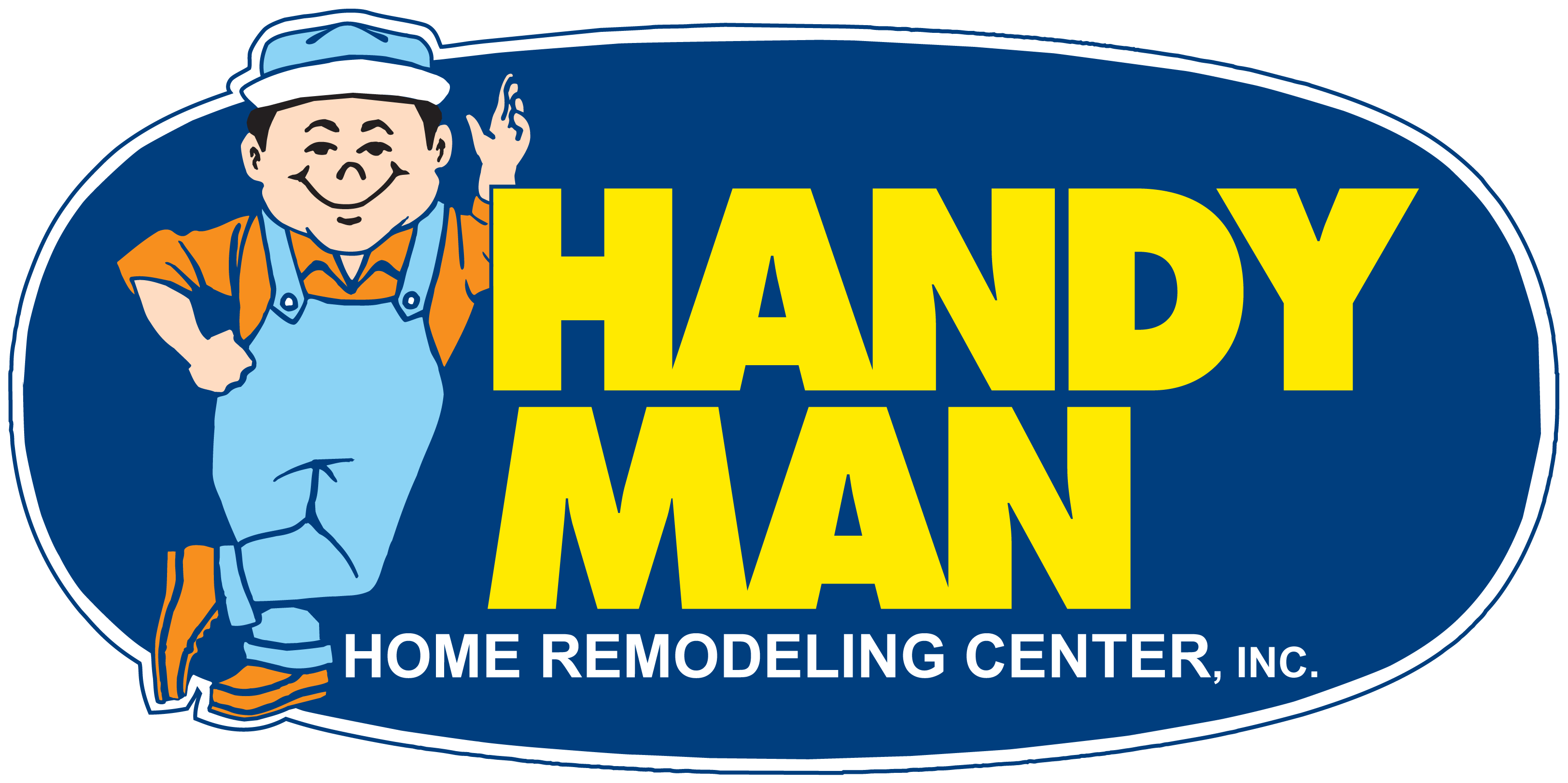
The Choice… Whirlpools vs Air Tubs
Over the past few years, the industry has witnessed an explosion in the number of air system baths, with nearly every manufacturer now offering them in addition to the more familiar jetted water system baths or whirlpools that most have offered for decades. Clearly, the air system bath is no longer the exclusive domain of a few manufacturers. That being said, it is still best to understand the differences between air baths and other jetted baths before helping clients make a decision.
The Basics

Air systems use outside air that is heated and blown into the bathwater to create an active bath. Water systems, on the other hand, use bathwater that is drawn out of the bath then heated and pumped back in to create an active bath. With each system, sanitation is an ever-present concern. Air systems do not use the bathwater to operate and therefore do not pull bath waters into their delivery systems. This reduces the amount of soapy residue, hair, skin exfoliates and other biodegradable matter that can get into the delivery system. Water systems draw this matter into their delivery systems so there is a potentially greater risk of bacterial contamination. To reduce the risk of contamination, each system can be purged and kept sanitary, but water systems require a somewhat time-consuming, after-bath procedure to accomplish this. Air system technologies accomplish purge cycles on their own.
Both technologies are designed to provide a form of therapeutic massage for the bather and in this intent, they are similar. The type of massage delivered, however, varies considerably. Air systems rely on volume, velocity and vertical rise to create an active bath. The simple rule is that the higher the volume and velocity of the air being introduced, combined with the vertical distance the air travels through the bathwater, dictates the amount of water that is displaced and pushed into motion within the bath. The greater the motion, the greater the massage pressure will be on the body.
Water systems create pressure by forcing the bathwater out of various types of jet apertures to create pressure. To the extent that both technologies are designed to create pressure, the results are not equal. A water system is able to create substantial force pressure on localized parts of the body, while air systems create a significantly smaller degree of pressure but spread it out throughout the bath by moving all of the bathwater into motion.
But pressure is not the sole massage criteria in either technology. Both use air to massage. Water systems introduce air into their delivery systems and mix it with the bathwater at the jets. Air systems use only air. This is because air bubbles bursting all over the skin boosts heart rate and blood flow, as well as the respiratory system by stimulating the central nervous system (CNS). Air is essential to providing massage in both technologies, and many air systems are designed to achieve only this low-tactile form of massage without creating any form of pressure.
In addition to differing massage functions, air and water systems also retain heat differently. Jetted water systems with a heating element option actually reheat the bathwater and will keep it hot longer. Air system baths heat the delivered air, but air moving through water will dissipate heat from the water, and the bath will cool down faster than a jetted water system that has a heating element.
The Choice… is Yours!
Learn more about Bathtubs & Whirlpools
Original post: December 2011
Updated: December 2019
